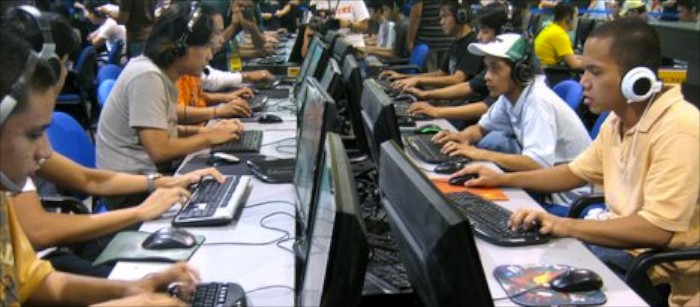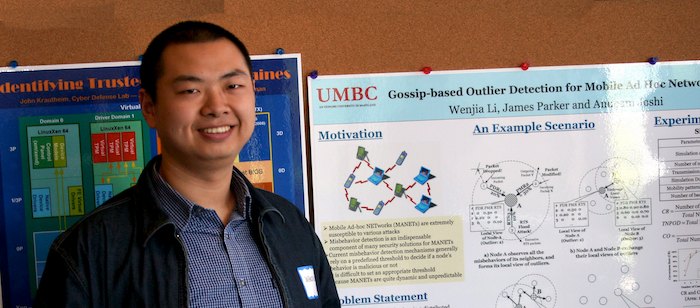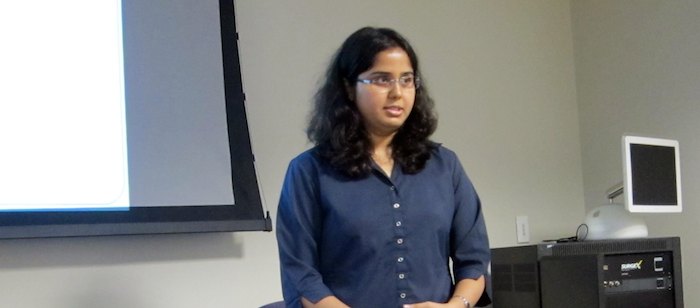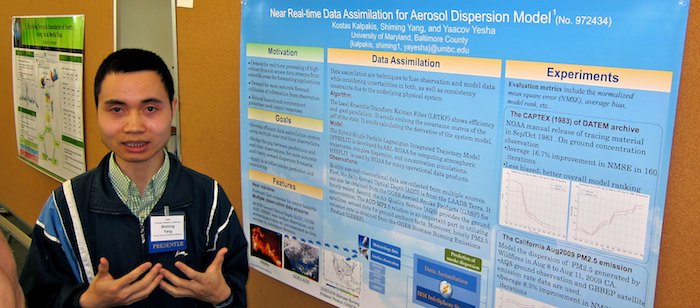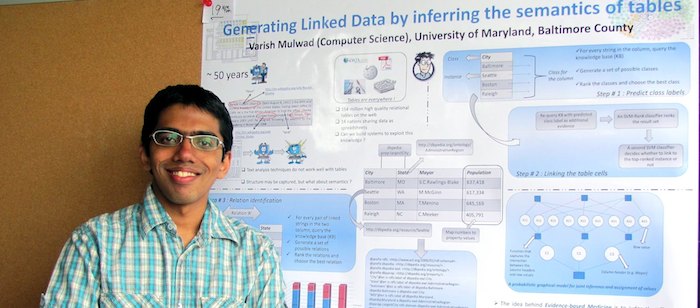
Today's New York Times has a "Room for Debate" opinion piece, Computer Science's 'Sputnik Moment'?, on the recent surge in interest in computing majors on US campuses. It asks "Will the influx of students into the field last, and can it raise American educational achievement along the way?" and features eight short essays incuding one by UMBC Professor of Sociology Zeynep Tufekci.
"Computer science is a hot major again. It had been in the doldrums after the dot-com bust a decade ago, but with the social media gold rush and the success of "The Social Network," computer science departments are transforming themselves to meet the demand. At Harvard, the size of the introductory computer science class has nearly quadrupled in five years.
The spike has raised hopes of a ripple effect throughout the American education system — so much so that Mehran Sahami, the associate chairman for computer science at Stanford, can envision "a national call, a Sputnik moment."
What would a "Sputnik moment" entail today? Will the surge of students into computer science last, and could it help raise American educational achievement?"
This complements the NYT article from last weekend, Computer Studies Made Cool, on Film and Now on Campus, about rising computer science enrollments.
” When Keila Fong arrived at Yale, she had never given much thought to computer science. But then last year everyone on campus started talking about the film “The Social Network,†and she began to imagine herself building something and starting a business that maybe, just maybe, could become the next Facebook.
“It’s become very glamorous to become the next Mark Zuckerberg, and everyone likes to think they have some great idea,†said Ms. Fong, a junior, who has since decided to major in Yale’s newly energized computer science program.
